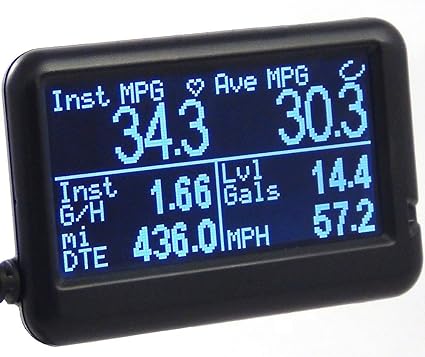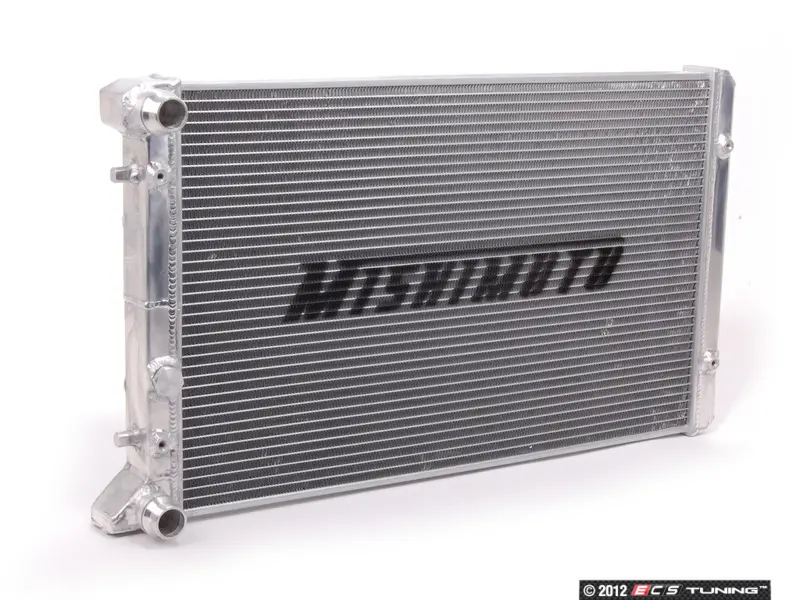So, What Am I Doing Now?
Having a heater in your camper while you're camping is nothing new. In fact, having one in your VW microbus is nothing new. For many years, versions of the campers had a gasoline eberspacher heater that drew from the main tank. If maintained well, I've heard these work very nicely. I have a healthy respect / fear of gasoline and gas fires, so I never got one, but have looked at the diesel ones for big rig trucks pretty much since the day I started the TDI conversion. They were running in the $1000US range, which was simply too rich for me. Since then, the design has been reverse-engineered by knock-off companies, and you can get one for around $150US. If that seems too good to be true, I'm sure you're right. I took the limited-money-risk plunge to find out.
Diesel Heater
 |
| nicked from eBay |
In this case, the combustion air intake and exhaust are 1-inch diameter pipes. The heat comes and goes through a 3-inch diameter pipes. I ordered one off eBay for $140US that looks a lot like the one pictured here.
What's in the Box
It arrived quickly, and it is packaged relatively well. The kit included things like zip-ties and clamps, implying that everything you needed was all in the box. If you were going to use the supplied 10L fuel-tank, maybe everything was there. Sort of. There was fuel tubing, a small fuel filter, the fuel pump, the wiring harness, LED screen, the heat unit itself, of course, a paper-ish tube for the intake (plus a crappy plastic air filter) and a corrugated stainless-steel tube for the exhaust. It even included a small (maybe 3.5 inches by 5 inches by 1 inch thick) rectangular "muffler". I quote it because I could look through it unimpeded. Last, the kit includes a poorly-translated instruction booklet.
What's NOT in the Box
So, what wasn't there? The kit does not include flexible fuel line to connect the various fuel bits together. The fuel tubing is stiff and will not fit around the inlet nor outlet of the fuel pump, for example. A short stretch of rubber/viton fuel line (I had some 4mm VW stuff from one of the fuel line replacements I did) fits around both the fuel tube and the fuel pump and the included fuel line clamps from the kit fit perfectly.
The kit does not include a "T" for you to tie into your existing fuel system though the instructions mention it. I recognize that all fuel systems are different, so any "T" they included could have been wrong. I found one for $7US delivered.
The kit does not include any kind exhaust temperature abatement. This could be hazardous since the heater unit is supposed to be installed inside the vehicle with the combustion air/exhaust venting outside. The exhaust is like your car exhaust in that it's going to get super hot. Wrapping that thing with something fire-safe is very important. I found some for about $17US.
Equipment Considerations
I mentioned the crappy air filter. It is a plastic cylinder that fits on the end of the paper air inlet tube. On one end, there are small holes, like on a salt-shaker. The paper tube fits in the other end. In between, there are long slots cut into the plastic. I couldn't tell if there was a medium inside, but I could look through the little holes and see through to the air-tube inlet. Yeah.. that's garbage, so I bought a washable air filter like this for $8US. We camp in high desert, so dust is something we need to contain. Little no-see-um flies could get through the one they supplied. Easy decision.
I also mentioned the "muffler". We don't camp in the wilderness where the noise of an appliance starting up would escape all notice. We camp in state parks and festival parking lots. We have neighbors. Those neighbors rightfully expect quiet hours to be observed, so if the heater unexpectedly starts up at 4AM, it needs to be virtually silent. That small hollow metal rectangle probably won't cut it. In fact, it might actually act like an amplifier. So, I bought this muffler for $23US designed for a motorbike. I will experiment with the different mufflers and may even experiment with muffler packing to see how quiet I can get the heater, testing with a decibel app on my phone.
Locating
 |
| refer fridge cabinet. note false floor in lower left corner |
Almost 9 years ago, I removed the refrigerator unit out of the cabinet, turning the cabinet into more storage (See from Fridge to Storage). We have used this cabinet to hold our emergency first aid kit, blankets, towels, paper products, etc. It is super useful. It also has a false bottom, from back when the old refer unit used to sit in there. That false-bottom is a little under 3 inches off the cabinet floor, which sits directly on the metal floor of the bus. I decided that I could raise the false floor a couple of inches, and set the heater between the false floor and the genuine floor. This plan would consume maybe 2 vertical inches of currently used space in that cabinet. If I remove the old insulation off the cabinet lid, I'd get some of that space back. One last hurdle: this portion of the floor has a belly pan beneath it. So, any hole I produce will need another hole in the belly pan. Ain't nuttin' easy.
Costs So Far
The running total for this experiment is
$140 - Diesel Heater
$7 - Fuel Line "T"
$17 - Exhaust Wrap/Sleeve
$8 - Washable Air Filter
$23 - Motorbike Muffler
$195 - Total
As usual, this post has already gotten long and I haven't actually started yet. Thanks for following along, and more next time-









